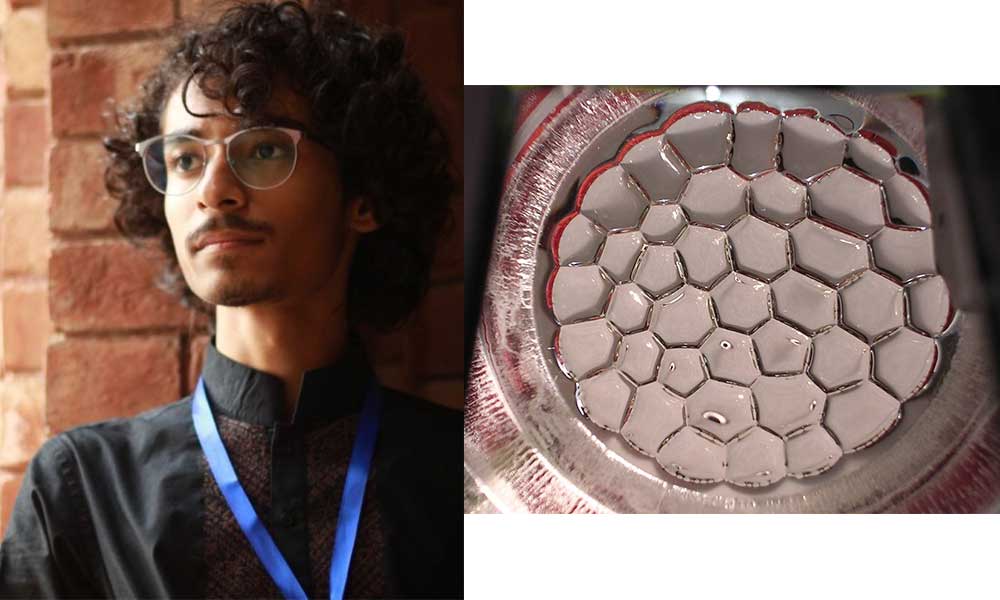GOLDEN RETRIEVER, AN INSTAGRAM STAR, EARNS? 8 CRORE A YEAR
- 30 Mar - 05 Apr, 2024

Muhammad Shaheer Niazi, a 17-year-old high school Pakistani student, replicated a physics visualisation, and developed results that surprised some older scientists. The young lad developed photographic evidence of charged ions creating the honeycomb, and published his work in the journal Royal Society Open Science.
Niazi hopes to further explore the mathematics of the electric honeycomb, and in the future, dreams of earning a Nobel Prize in nature and in the electric honeycomb as he points out, "noone wants to do excess work," but he's getting started early anyway.
An electric honeycomb behaves like a capacitor. In this case, the top electrode is a needle that delivers high voltage to the air just a few centimetres above a thin layer of oil on the other flat, grounded surface electrode.
The thermal images puzzled Alberto T. Perez Izquierdo, a physicist at the University of Seville in Spain. Neither Izquierdo nor others had previously explored temperature changes on the oil's surface. Determining the heat's origin is an interesting question that requires more study, he said, while praising Niazi's experimental skill.
COMMENTS